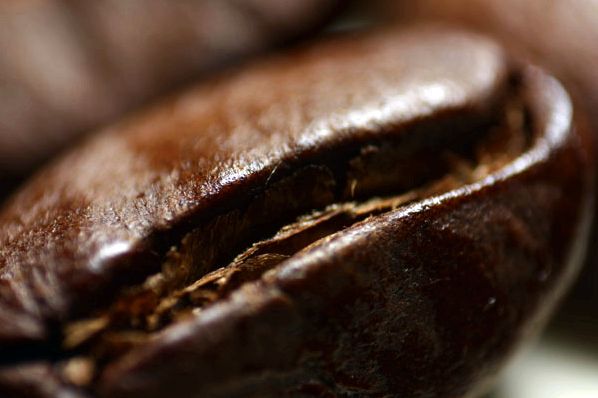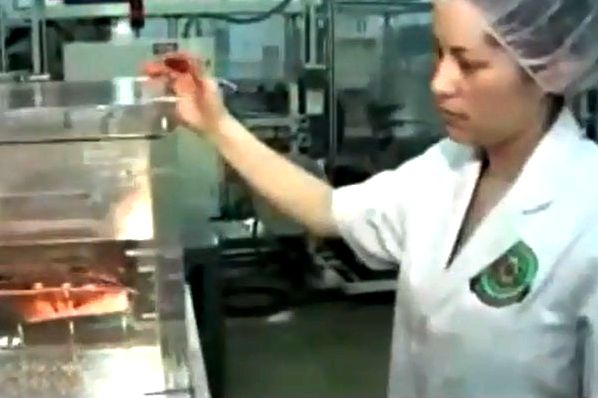Part 5 in our series About Coffee continues with the entire process of Packaging Freshly Roasted Coffee. Click on the following links if you’d like to see:
The Coffee Tree – Part 1 of “All About Coffee”
Harvesting, Milling and Storing Coffee – Part 2 of “All About Coffee”
Roasting Espresso Beans – Part 3 of “All About Coffee”
Coffee Cupping – Part 4 of "About Coffee"

Coffee Packaging – Coffee is really a highly perishable good. When the beans have completely finished roasting, the staling process begins where desirable flavors and aromas escape while undesirable ones from the surroundings are now being absorbed.

The shelf existence of coffee will start to diminish with time because it is uncovered to oxygen, moisture, and lightweight. The speed of staling relies upon the condition of coffee (whole bean or ground), and the quantity of contact with oxygen, moisture, and lightweight. Thus, coffee is enjoyed best once the beans are ground and made soon after roasting.

Absolutely not everybody possess the luxury of roasting their very own espresso beans before grinding and brewing a pot or perhaps a cup. Thus, packaging and storing coffee in appropriate bags and containers can help preserve and prolong the shelf existence of fresh-roasted coffee.

Nitrogen-flushed, moisture-resistant bags having a one-way valve enable roasters to package espresso beans soon after roasting to keep its optimal freshness and quality. The main one-way valve enables gases released in the coffee (beans) to flee the bag while stopping oxygen to go in. Without them, fresh-roasted espresso beans must rest (or “degas”) for approximately a few days before packaging. Otherwise, the bag will balloon up, with the potential of exploding.

When the bag is opened up, it is advisable to help keep the rest of the unused coffee within an air-tight container inside a awesome, dark, dry place. Ultimately, the aim would be to limit its contact with oxygen, moisture, and lightweight set up bag continues to be opened up.
Resourse: http://rogersfamilyco.com/index.php/packaging-freshly-roasted-coffee-all-about-coffee-part-5/
The Difference Between Coffee and Espresso | Coffee On The Brain
Video COMMENTS:
Ideserva Tuggy: Perfectly explained and totally accurate. Even though it looks like a ballpoint pen blew up on her chest:) sorry, couldn't resist.
Seattle Coffee Gear: Thanks for watching!
Adam G.: This was super clear and helpful! Thank you.
Nope NopeNope: I literally was watching the latest episode and was wondering the answer to this very question. Thanks YouTube for actually being impressively helpful for once with the recommendation. And thanks SCG for the insightful video.
Seattle Coffee Gear: Love it! Thanks for watching :D
Thomas V-P: I got a question, if you were to take say coffee from yemen and transport it to say Hawaii and grew it there. Would the coffee from Yemen that's grown in Hawaii be considered single origin?
Seattle Coffee Gear: We'd like to think so! Most coffee has been transported over time, so we wouldn't see why that situation would be any different! https://youtu.be/wymlAHukFzU
Thomas V-P: +Seattle Coffee Gear Awesome! Thanks so much!
W. Lian: Thank you for your great video. Like it. Personally, I like light roast beans. My favorite- blue mountain beans with light roast.
Seattle Coffee Gear: Cheers! Thanks for watching!
